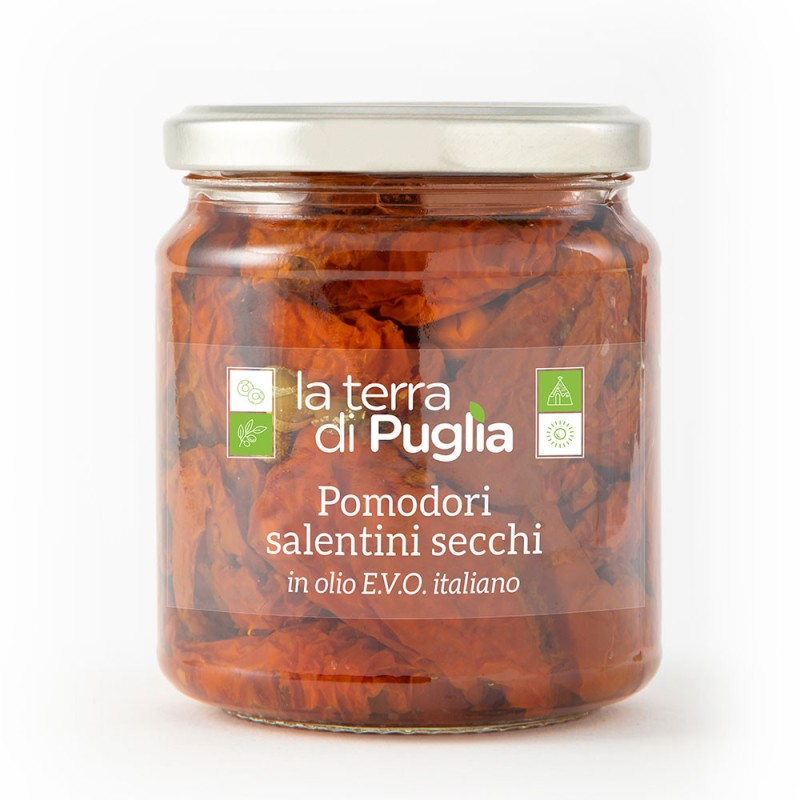Deep-fried vegetables Roman style
There is nothing better than a nice plate of deep-fried vegetables to accompany a drink with friends or as a pleasant summer dinner. Try to get hold of as many fresh green vegetables as you can: zucchini, eggplant, some artichoke, and add a bit of provolone cheese for some extra zest. This deep-fried dish from Rome is not a simple fry-up, but recognized as gourmet cuisine which the Romans invented to make use of all the edible scraps of the slaughtered animal, such as brains, guts and sweetbreads. According to tradition it is cooked on Christmas Eve. What better than some hot and crispy deep-fried morsels of vegetables or meat to nibble on when you getting together with friends? Learn how to cook this Roman specialty with our chef, in the video and photos, who will show you step-by-step how easy it is to prepare a great Roman fried dish.
Ingredients
-
Flour

Send the recipe
Preparation
Beat the eggs with a little salt. Flour the vegetables and the provolone cheese well. Dip the floured vegetables into the beaten egg and then coat with the breadcrumbs. Deep-fry in a wok or saucepan with 1 litre of oil until golden. Drain the fried oil and pat dry on some paper towel, then lightly salt.
Step by step
|
View the step by step

|
Beat the eggs with a little salt
|
|
View the step by step
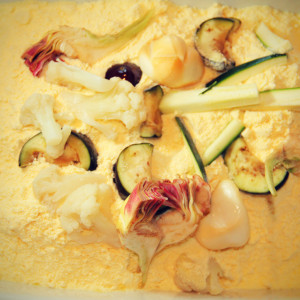
|
Coat the vegetables in the flour
|
|
View the step by step

|
Dip the vegetables in the egg
|
|
View the step by step
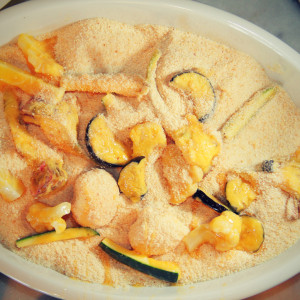
|
Coat the vegetables in the breadcrumbs
|
|
View the step by step
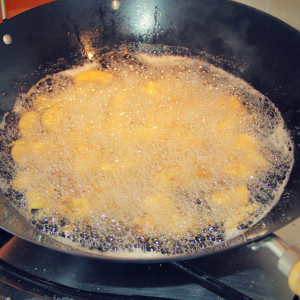
|
Fry in a wok or deep frying pan with 1 litre of oil until golden
|
|
View the step by step
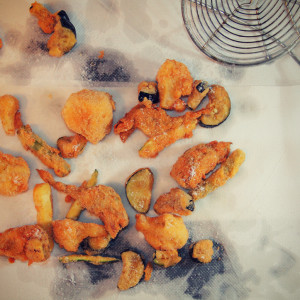
|
Drain the fried vegetables from the oil, pat dry with some kitchen paper and lightly salt
|
|
View the step by step
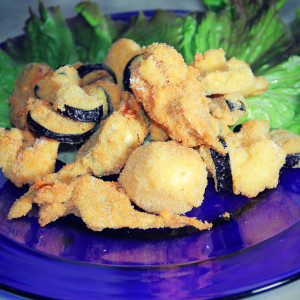
|
And your deep-fried Roman vegetables are ready!
|


